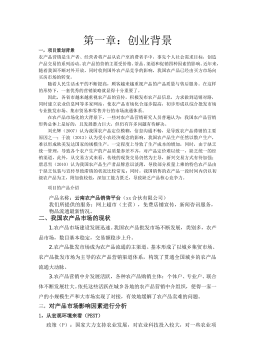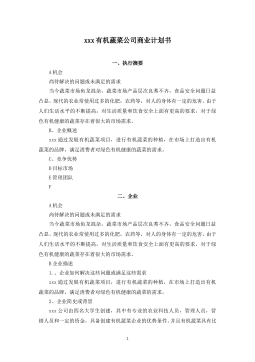我国城镇居民医疗保险基金运行的统计研究--以福州市为例
摘要城镇居民基本医疗保险于2007年7月开始试点实施,主要保障未被城镇职工基本医疗保险和新型农村合作医疗保险覆盖的城镇非从业居民,是我国医疗保障体系的重要组成部分,是我国走向全民医保的必然步骤。自启动试点以来,城镇居民基本医疗保险虽然成效颇丰,但是由于缺乏量化指标体系和激励措施,使其进一步的发展、实施受到阻碍,看病难、看病贵、医疗费用增长过快的现象仍然存在。这一难点已成为学术界研究的前沿问题。本文就上述问题,以首批试点的福州市为例展开剖析,以期对我国城镇居民基本医疗保险的进一步实施提供可行的建议。本文首选分步论述了逐渐覆盖全民的医疗保险制度,从公费医疗、劳保医疗到城镇职工基本医疗、新型农村合作...
相关推荐
-
我国基层财政困难的制度成因分析与对策研究VIP免费
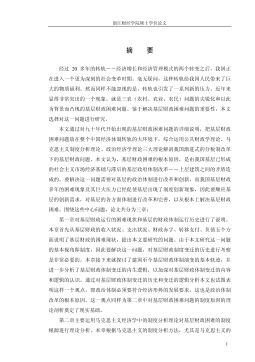
 2024-09-20 33
2024-09-20 33 -
我国煤电产业链纵向交易合约机制研究VIP免费
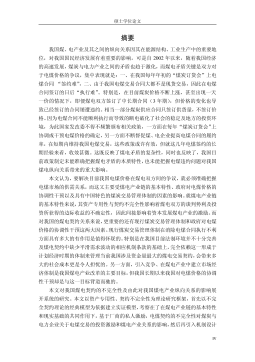
 2024-09-20 28
2024-09-20 28 -
生产要素视角下的上海市产业结构优化研究VIP免费
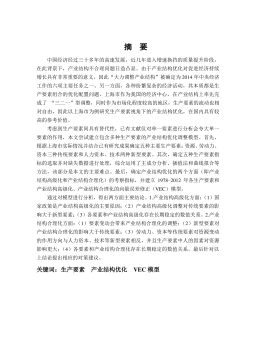
 2025-01-09 7
2025-01-09 7 -
我国银行业结构与经济结构关系研究VIP免费
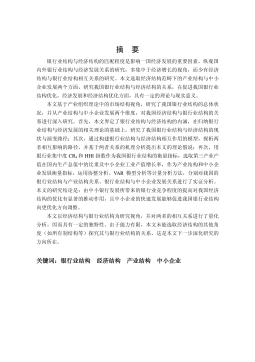
 2025-01-09 7
2025-01-09 7 -
大数据视角下农业供应链金融研究VIP免费

 2025-01-09 6
2025-01-09 6 -
跨国大型综合超市的规划研究VIP免费
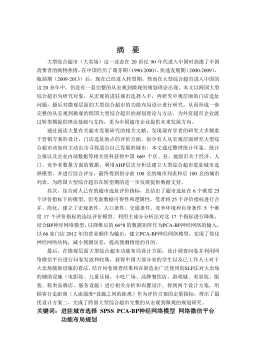
 2025-01-09 6
2025-01-09 6 -
跨境电商农产品质量安全问题研究VIP免费
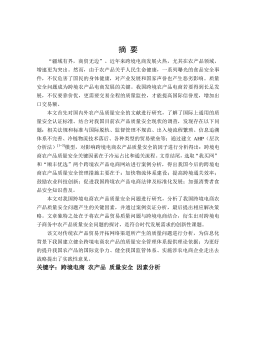
 2025-01-09 8
2025-01-09 8 -
世界市场的虚拟化与我国国际电子商务发展方向研究VIP免费
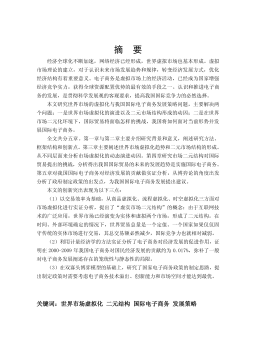
 2025-01-09 9
2025-01-09 9 -
中国政府对电力行业的价格规制问题研究VIP免费
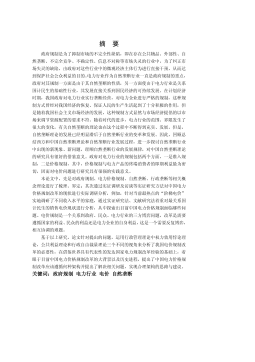
 2025-01-09 14
2025-01-09 14 -
中小企业信息化系统集成技术研究VIP免费
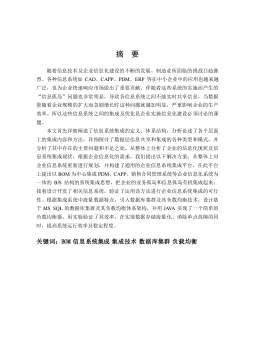
 2025-01-09 14
2025-01-09 14
相关内容
-

跨国大型综合超市的规划研究
分类:高等教育资料
时间:2025-01-09
标签:无
格式:PDF
价格:15 积分
-

跨境电商农产品质量安全问题研究
分类:高等教育资料
时间:2025-01-09
标签:无
格式:PDF
价格:15 积分
-

世界市场的虚拟化与我国国际电子商务发展方向研究
分类:高等教育资料
时间:2025-01-09
标签:无
格式:PDF
价格:15 积分
-

中国政府对电力行业的价格规制问题研究
分类:高等教育资料
时间:2025-01-09
标签:无
格式:PDF
价格:15 积分
-

中小企业信息化系统集成技术研究
分类:高等教育资料
时间:2025-01-09
标签:无
格式:PDF
价格:15 积分


